Winter shearing: Inclement weather and poor grass utilisation is forcing earlier housing on highly stocked farms. Decisions on winter shearing are more in the balance this year due to wool prices being on the floor and not even being capable of making a significant contribution to shearing costs. However, there are numerous benefits to winter shearing that can more than account for the direct costs involved.
Teagasc research shows winter shearing has the potential to increase lamb birth weight in mid-season lambing ewes by 0.6kg without increasing lambing difficulty. This feeds into an increase in weaning weight by 1.9kg liveweight and reduces the age of lambs to slaughter by about two weeks.
Winter shearing allows about 15% more ewes to be housed in a given space (take care that there is enough feeding space). While it will also allow condition to be monitored easier and keep ewes cleaner pre- and post-lambing. Some farmers have also built it into a system of not having to shear ewes until after weaning.
Ewes should only be shorn where there is the potential for at least eight weeks of wool regrowth and ewes are being turned outdoors from March on. It is also recommended that good shelter is available for when ewes and young lambs are turned outdoors.
SWS retention figures: There have been some queries of late regarding the Sheep Welfare Scheme (SWS) retention number. Some have come to light following a response by Minister Charlie McConalogue to a question at last week’s INHFA AGM regarding whether or not the reference number would be frozen in time. The minister said there would be capacity to review reference numbers but only on a case-by-case basis.
Other questions relate to what ewe numbers the 2020 and 2021 payment will be based on. The number of ewes which payment is based on for 2020 is the lower of a farmer’s reference number or the number of ewes (over 12 months of age) entered in the 2019 sheep census.
This is also the minimum retention number farmers must have for 2020 and enter on their upcoming sheep census to receive that level of payment. Farmers can reduce below their reference number figure and increase numbers again for subsequent years.
Where this is the case, the Department must be notified of the change and this can be completed by sending a note outlining the change in numbers to the Sheep Welfare Scheme Section, DAFM, Government Offices, Old Abbeyleix Road, Portlaoise, Co Laois, or by emailing sheepscheme@agriculture.gov.ie.
In the case of an inspection where numbers have reduced and the Department has not been previously notified then a penalty will be applied. The penalty is twice the shortfall number. For example, if the reference number for payment is 80 ewes and 70 ewes are present at an inspection then the penalty will be payment on 20 ewes. Ewe lambs born in 2020 can be used to contribute to the reference number calculation from 01 January 2021. The Department also advises special dispensation may be considered where numbers have been reduced due to certified animal welfare reasons. The rollover of the SWS to 2021 is still awaiting approval at EU level. It is expected this will be granted and farmers will be in a position to opt into the scheme for 2021 after this approval.




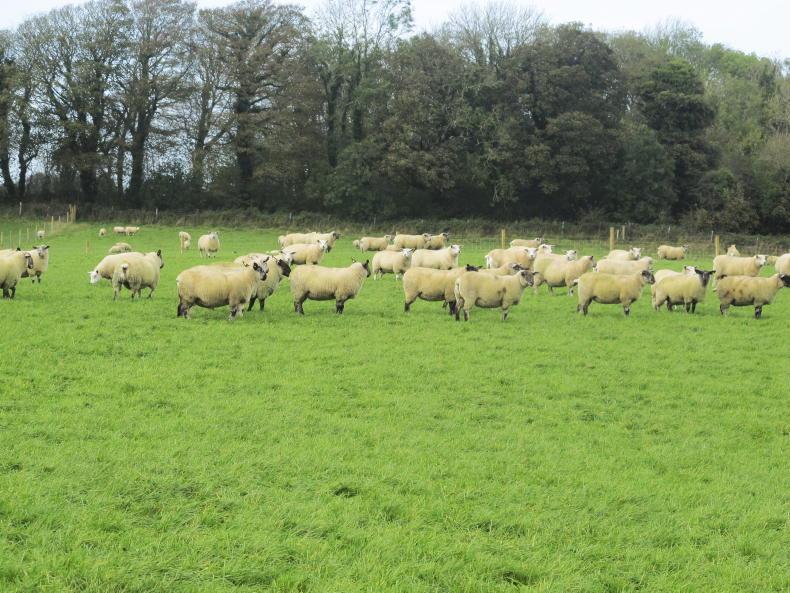
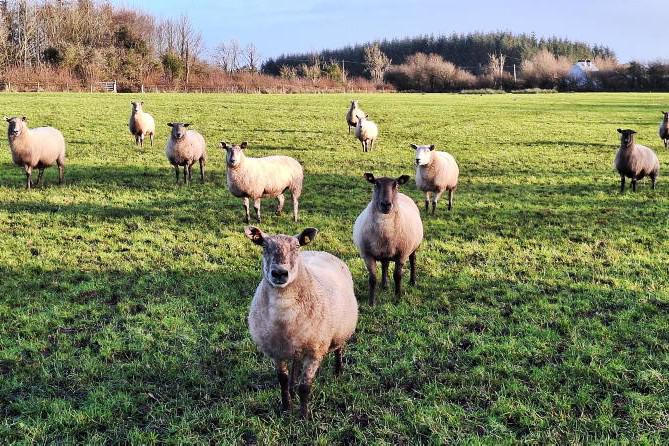

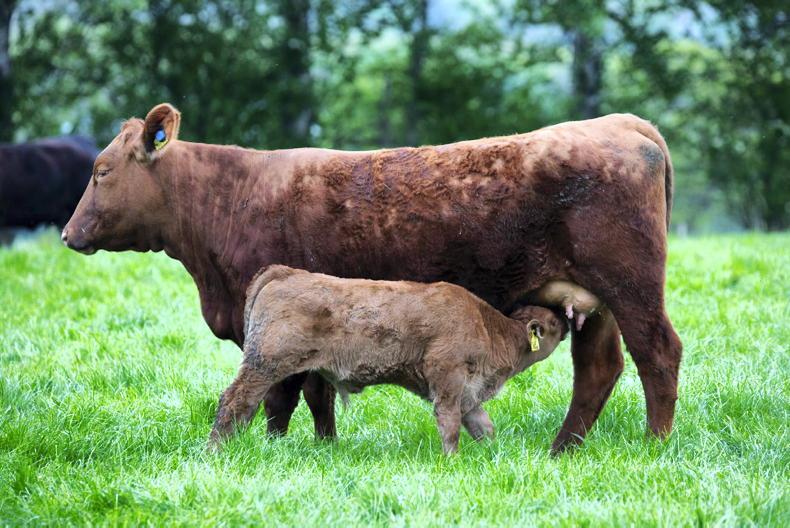
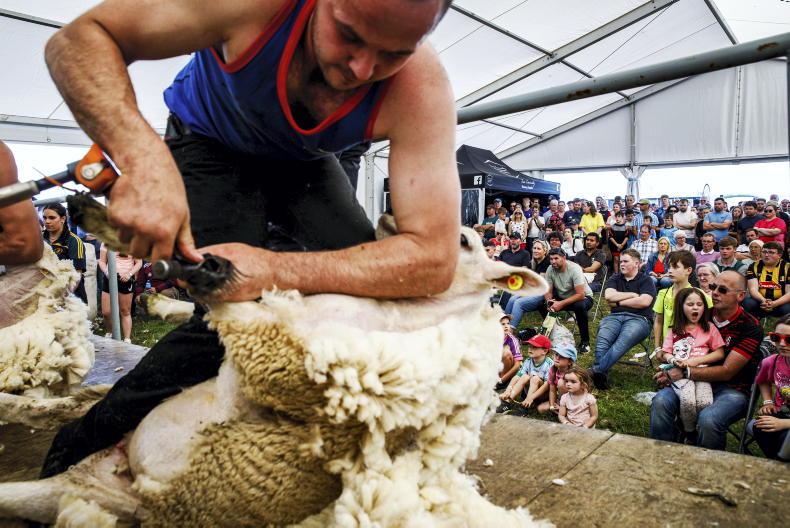
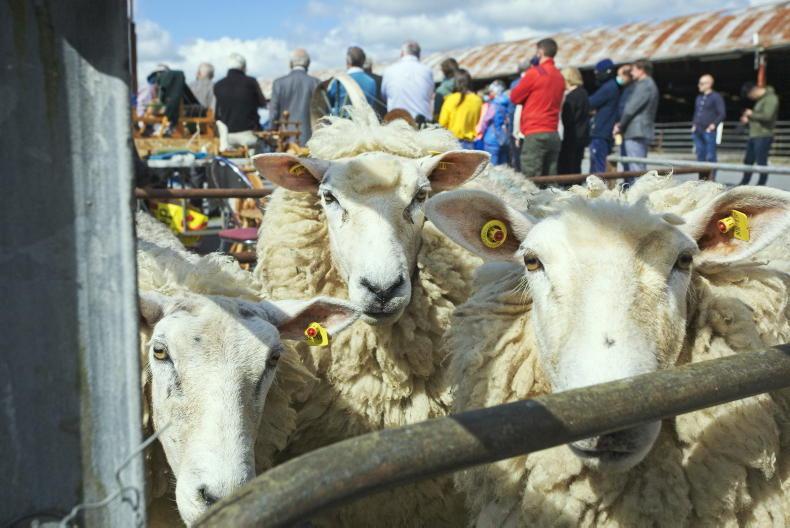
SHARING OPTIONS